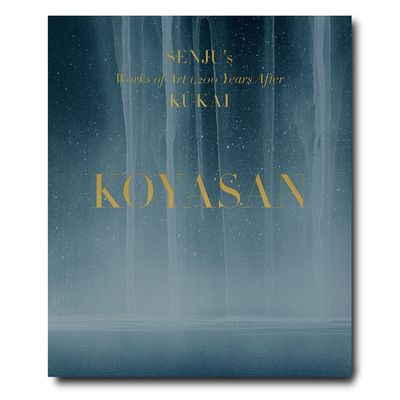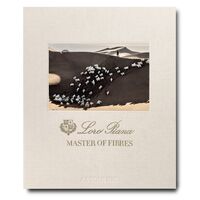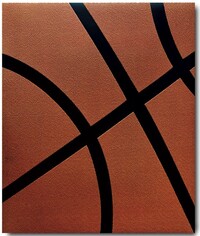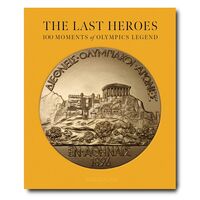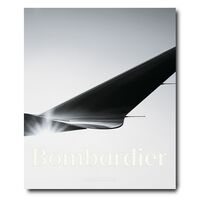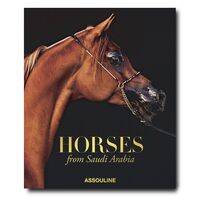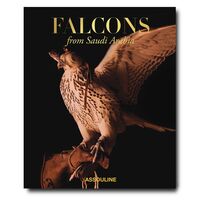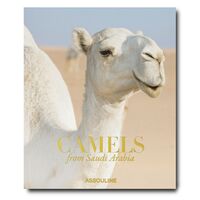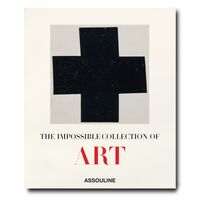Nous utilisons des cookies pour améliorer votre expérience. Pour nous conformer à la nouvelle directive sur la vie privée, nous devons demander votre consentement à l’utilisation de ces cookies. En savoir plus.
Koyasan
Assouline - EAN : 9781649800626
Édition papier
EAN : 9781649800626
Paru le : 11 févr. 2022
1 050,00 €
995,26 €
Epuisé
Pour connaître votre prix et commander, identifiez-vous
Arrêt définitif de commercialisation
Notre engagement qualité
-
 Livraison gratuite
Livraison gratuite
en France sans minimum
de commande -
 Manquants maintenus
Manquants maintenus
en commande
automatiquement -
 Un interlocuteur
Un interlocuteur
unique pour toutes
vos commandes -
 Toutes les licences
Toutes les licences
numériques du marché
au tarif éditeur -
 Assistance téléphonique
Assistance téléphonique
personalisée sur le
numérique -
 Service client
Service client
Du Lundi au vendredi
de 9h à 18h
- EAN13 : 9781649800626
- Collection : ULTIMATE
- Editeur : Assouline
- Date Parution : 11 févr. 2022
- Disponibilite : Epuisé
- Barème de remise : NS
- Nombre de pages : 145
- Format : H:474 mm L:397 mm E:80 mm
- Poids : 8.3kg
- Interdit de retour : Retour interdit
-
Résumé :
Koyasan: Senju’s Works of Art 1,200 Years After Kūkai, is a tribute to both Senju Hiroshi, a celebrated contemporary Japanese artist, and Kūkai, a Japanese Buddhist monk credited with founding the Shingon sect of Buddhism. The book primarily centers around the sacred Kongobuji Temple, which sits atop Mount Koya in the Wakayama Prefecture of Japan, and serves as the headquarters of the Shingon sect. Moved by the surrounding pine trees, rocks, and streams that Kūkai found atop Mount Koya, he chose to create his center for his esoteric doctrine there, and the temple that stands in Koyasan today was at the spot on Mount Koya where Kūkai found enlightenment some 1200 years ago.
Kūkai is an incredibly important figure in Japan, and people regularly travel to visit Kongobuji temple at Koyasan. The temple is very much still in use today; it is run by a head monk who is a Kūkai scholar and wrote the main text in this introspective volume. To celebrate the 1200 years since Kūkai’s foundation, the temple invited Senju Hiroshi to create site-specific works, two monumental mural paintings that each consist of different panels to make up one body of work. Appropriately titled Waterfall and Cliff, the works are inspiredby the tranquil environment surrounding the temple, the surroundings of which served as a muse to Kūkai in his poetry and work as a monk. The two murals are installed in the room in the temple where a ceremony takes place to honor new monks joining the Buddhist sect, serving as a momentous reminder of Kūkai and his vision.
With Koyasan as the main character, and Kūkai and Senju in the service of the pervasive beauty surrounding Mount Koya, this title’s opening scene begins on the mountain, with a text by the head monk telling the story of Kūkai from birth and how he came to Koyasan. The book includes quotes from Kūkai’s poems, generous installation views of Senju’s works at the temple, as well as Japanese national treasures like statues and artefacts that belong to the temple’s collection. Also presented within, are images of the modern day monks and their rituals honoring Kūkai, a text from Senju Hiroshi himself about his connection with Kūkai, and the journey to produce the paintings. This beautifully made tome is indicative of the quiet meditative peace and honor of Kūkai. -
Biographie :
Senju Hiroshi is a Japanese-born artist known for his large-scale paintings. He graduated from Tokyo University of the Arts in 1987. His work is featured in many prestigious museums across the world including the Metropolitan Museum of Art in New York City and the Museum of Modern Art in Tokyo. Notable public projects include seventy-seven murals at Jukoin of Daitokuji Temple in Kyoto, monumental waterfalls at Tokyo International Airport and the Art Institute of Chicago, and two installations at The Benesse Art Site of Naoshima Island. He was the first Asian artist to receive an Honorable Mention Award at the Venice Biennale in Italy, in 1995. Senju Hiroshi was the president of Kyoto University of Art and Design from 2007 to 2013, and is presently a professor at the university’s graduate school.
Rev. Soeda Ryusho was born in Koyasan, Japan in 1947. In 1972 he graduated from Kyoto University where he studied literature. In 1987 he became the chief priest of Rengejoin in Koyasan. Afterward, he worked at Koyasan Shingon School and was principal at Koyasan Senior High School before being appointed as president of Koyasan Shingon Sect Headquarters at Kongobuji Temple and president of Koyasan University in 2021.
Jumonji Bishin was born in Yokohama in 1947. He began working as a photographer in 1971. He presented his works in the exhibitions New Japanese Photography at the Museum of Modern Art, New York, in 1974; Courtly Splendor at the Museum of Fine Arts, Boston, in 1990; and Japanische Fotografie at the Museum der Moderne Salzburg in 2018. He became a professor at Tama Art University in 2004 and retired in 2014. He has received numerous awards, held exhibitions and published photo books in Japan, and he still presents his works today.

